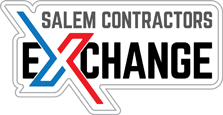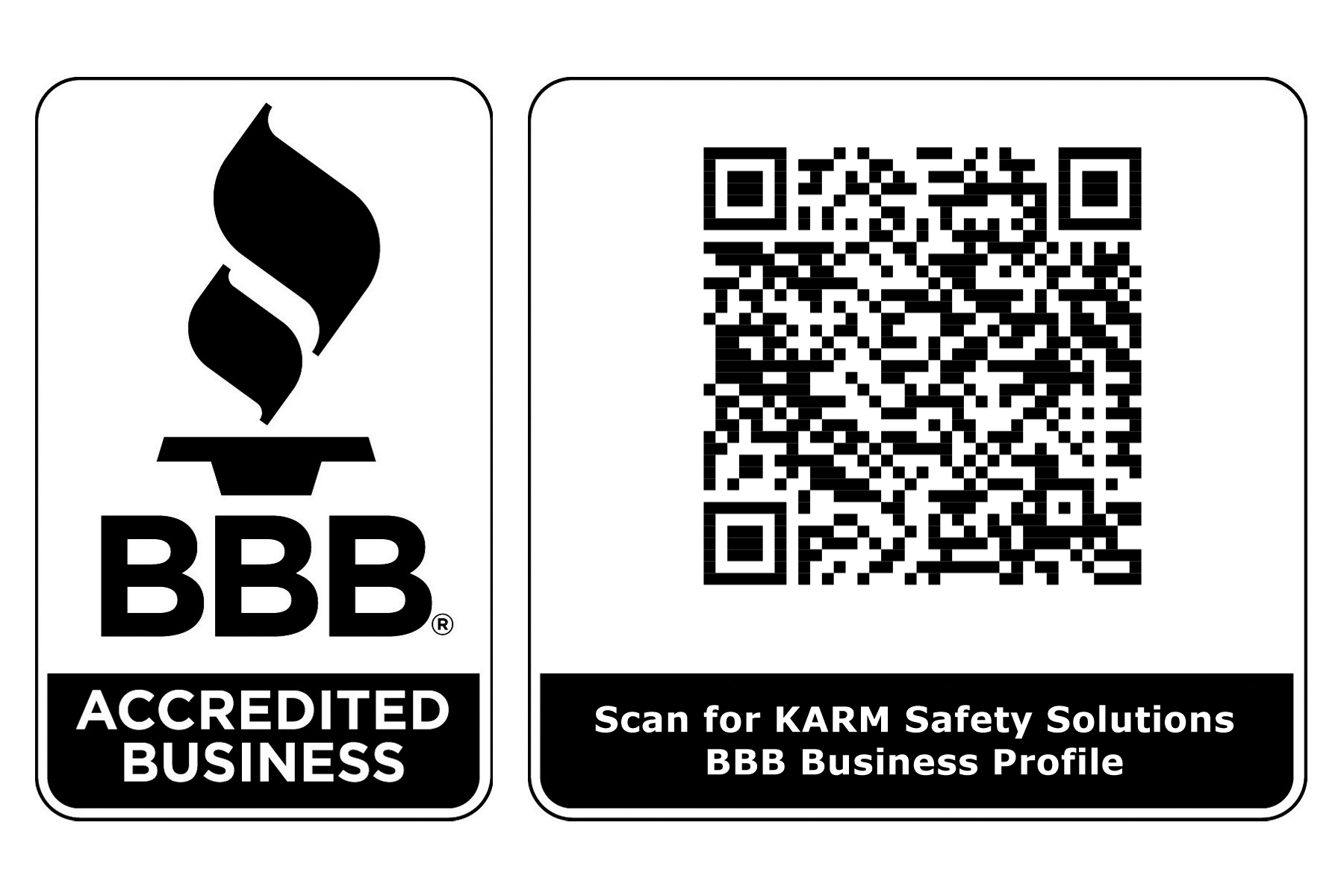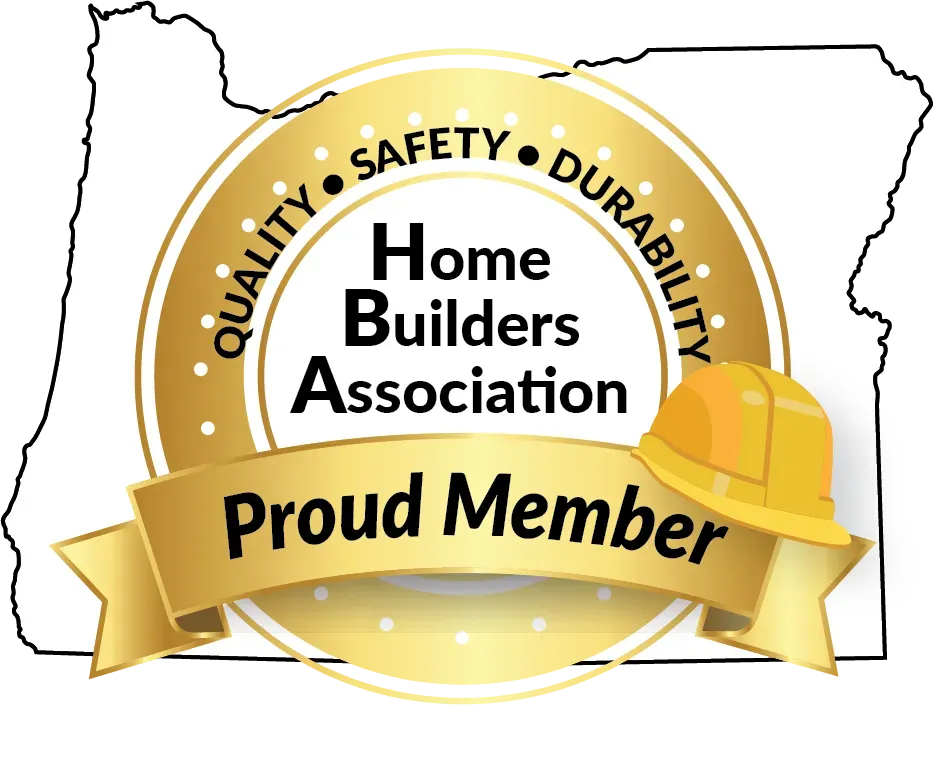MEWP Training includes Boom and Scissor Lifts in-person or Online
MEWP Training — Boom & Scissor Lifts (In-Person or Online)
Build confident, compliant operators. KARM Safety Solutions delivers OSHA- and ANSI-aligned training for Mobile Elevating Work Platforms (MEWPs)—including boom lifts and scissor lifts—with practical evaluation and a certificate of completion.
Available: On-site at your facility • Online + local practical sign-off • Bilingual (EN/ES)
Why Choose KARM
- OSHA & ANSI A92–aligned (A92.22 Safe Use, A92.24 Training)
- Hands-on practical evaluation and operator card
- Customized to your equipment, site hazards, and policies
- Bilingual options (English/Spanish)
- Fast scheduling for crews and rotating shifts
Who Should Attend
- New or experienced boom/scissor lift operators
- Supervisors who plan, direct, or audit MEWP work
- Spotters/ground support working around MEWPs
- Safety staff and contractors near powered access work
Course Options
- Operator Training (Boom &/or Scissor), core skills + hands-on eval
- Supervisor / Safe-Use Planner, planning, risk assessment, rescue, and audits
Learning Outcomes
Participants will be able to:
- Identify MEWP types, components, and limits (capacity, slopes, wind)
- Inspect platforms using a pre-use & function-test checklist
- Plan safe use: site risk assessment, traffic control, rescue plan
- Operate safely: setup, travel, elevation, positioning, shutdown
- Apply fall protection correctly (PFAS on booms; guardrails on scissors per manufacturer/site rules)
- Communicate & control the work area (spotting, power-line distances, pedestrians)
- Respond to emergencies (platform entrapment, emergency lowering/rescue)
What’s Covered
1) Standards & Roles
OSHA 29 CFR 1910/1926;
ANSI A92.22/A92.24; manufacturer instructions; roles of user, supervisor, operator, and qualified trainer/evaluator.
2) Equipment & Stability
Boom vs. scissor categories; controls; alarms; load charts; capacity; tilt/slope; tip-over factors; wind/weather limits.
3) Inspection & Function Tests
Daily/pre-shift checklist; critical defects; batteries/charging & fuel; hydraulics; tires/casters; guardrails; emergency lowering.
4) Safe-Use Planning
Site/route hazards; drop-offs; soft ground; ramps; traffic; pedestrian control; energized lines (approach distances); overhead obstructions.
5) Operation & Positioning
Traveling elevated; platform access/egress; working at height; platform loading; materials handling; shutdown/secure.
6) Fall Protection & Platform Safety
Boom lifts: full body harness + lanyard to approved anchor.
Scissor lifts: guardrails typically suffice unless manufacturer/site requires PFAS or special conditions exist (ex: added risk).
7) Emergencies & Rescue
Entrapment prevention; emergency stop; ground controls; descent; site-specific
rescue plan.
8) Practical Evaluation
Hands-on skills check with your make/model(s); corrective coaching and sign-off.
Compliance Alignment
- ANSI A92.22 (Safe Use) and A92.24 (Training)
- OSHA 29 CFR 1910/1926 (powered platforms / aerial lifts) and OSHA guidance recognizing scissor lifts as mobile scaffolds when applicable—always follow the manufacturer’s instructions and site policy.
Note: OSHA does not set a fixed renewal interval. Employers must retrain/re-evaluate when equipment, tasks, or hazards change, or when an operator shows deficiencies. Many companies adopt a 3-year refresh policy.
Format, Duration & Class Size
- In-Person: 3–6 hours (content + hands-on), depending on class size and lift types
- Online: 2 hours plus hands on time
- Ideal Class Size: 8–12 (larger groups accommodated with rotations)
Certification & Documentation
- Wallet card & certificate upon successful written quiz + practical evaluation
- Training roster, quiz results, and evaluation forms for your records
- Optional: Equipment-specific authorization forms for employer sign-off
Site & Equipment Requirements (for Hands-On)
- Access to your boom/scissor lift(s), operator manual(s), and safe practice area
- Basic PPE (hard hat, safety glasses, hi-vis; harness/lanyard for booms)
- Available ground person for emergency controls during drills
Included Resources
- Printable Pre-Use Inspection Checklist (boom & scissor)
- Safe-Use/Rescue Plan template
- Power-line approach distance reference
- Supervisor audit checklist
FAQs
Do scissor-lift operators need harnesses?
Typically
guardrails suffice. Use PFAS if the
manufacturer or
site policy requires it, or if conditions create added risk.
Is forklift certification the same as MEWP certification?
No,
separate training is required for MEWPs and forklifts.
Will the card list our specific lift?
We evaluate on the types in use (boom/scissor). Employers should authorize by
make/model per policy.
Can we do all online?
Knowledge can be delivered
online, but operators still need a
practical evaluation on the equipment they’ll use.
How often should we retrain?
When tasks/equipment change, after incidents/near-misses, or if performance gaps are observed. Many adopt
3-year refreshers.



